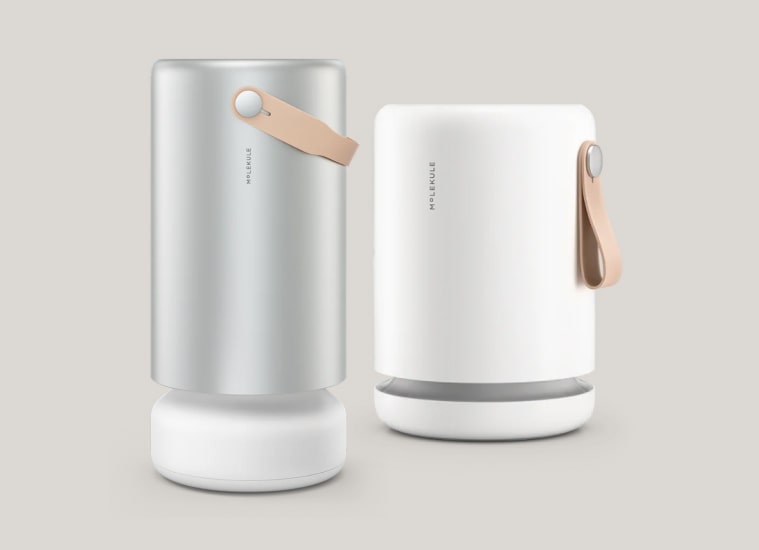Most Asthma Management Plans Should Include the Use of a Rescue Inhaler

Asthma is a long-term inflammatory illness that damages the lungs’ airways. Asthma can sometimes emerge as an attack, in which your airways constrict and mucus builds up fast. An asthma attack can be triggered by a variety of factors, including the common cold, pollen, dust, home dust mites, cold air, smoking, or pet dander. To avoid an asthma attack before an exercise, you could try utilizing a rescue inhaler.
The purpose of rescue inhalers is to provide immediate relief
During an asthma attack, a rescue inhaler assists in the administration of drugs into the lungs to instantly open the airways. Dilating the airways aids recovery from an asthma attack and allows the person suffering from it to breathe properly again. They are used when immediate, short-term symptom relief is required for the prevention or treatment of an asthma attack. They aren’t meant to be used on a regular basis.
Coughing, wheezing, trouble breathing, or chest tightness are all symptoms of an asthma attack that require immediate attention. If an asthma attack is suspected, help the individual who is having the attack give a rescue inhaler as soon as possible. If the individual has trouble walking or finishing a sentence without halting for a breath, is unable to talk, or their lips and fingernails are becoming blue or gray, call 911 right away.
Medications for use with a rescue inhaler
Bronchodilators are the sorts of drugs found in rescue inhalers. Bronchodilators open up the airways by minimizing mucus buildup. Beta-agonists and anticholinergics are the two primary categories of bronchodilators.
Short-acting bronchodilators are used in rescue inhalers, and they function within 15 to 20 minutes, providing relief from asthma symptoms for up to 4 to 6 hours. They’re also known as “quick-relief” medicines. Albuterol is the most prevalent short-acting drug included in rescue inhalers.
Rescue inhalers can have significant side effects
Feeling shaky or worried, a high heart rate, or hyperactivity are all possible side effects of rescue inhaler drugs. If you use your rescue drug too frequently, your chances of developing a side effect rise, and you may build a tolerance to it over time. Consult your doctor if you need your rescue inhaler more than twice a week, since your asthma may not be under control.
If you’ve been diagnosed with asthma, have a rescue inhaler on hand at all times. It’s critical to speak with your doctor if you believe you’re using your rescue inhaler more than you should. The doctors at Allergy, Asthma, and Immunology Medical Group would be pleased to talk to you about asthma treatment choices and therapies. Call us today at 805-658-9500 to schedule an appointment!




